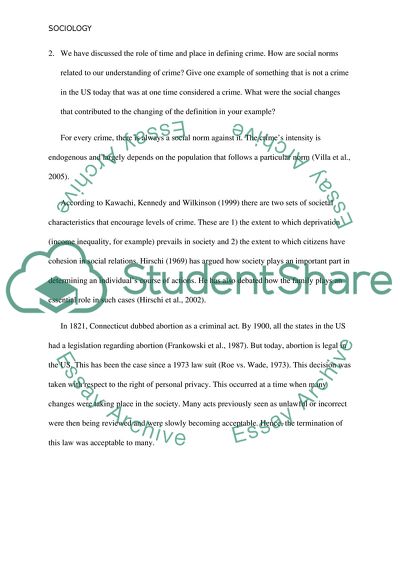Cite this document
(Social Control Theories and Self Control Theories Assignment Example | Topics and Well Written Essays - 1250 words, n.d.)
Social Control Theories and Self Control Theories Assignment Example | Topics and Well Written Essays - 1250 words. https://studentshare.org/sociology/1765428-mid-term-exam-cj-428
Social Control Theories and Self Control Theories Assignment Example | Topics and Well Written Essays - 1250 words. https://studentshare.org/sociology/1765428-mid-term-exam-cj-428
(Social Control Theories and Self Control Theories Assignment Example | Topics and Well Written Essays - 1250 Words)
Social Control Theories and Self Control Theories Assignment Example | Topics and Well Written Essays - 1250 Words. https://studentshare.org/sociology/1765428-mid-term-exam-cj-428.
Social Control Theories and Self Control Theories Assignment Example | Topics and Well Written Essays - 1250 Words. https://studentshare.org/sociology/1765428-mid-term-exam-cj-428.
“Social Control Theories and Self Control Theories Assignment Example | Topics and Well Written Essays - 1250 Words”. https://studentshare.org/sociology/1765428-mid-term-exam-cj-428.


